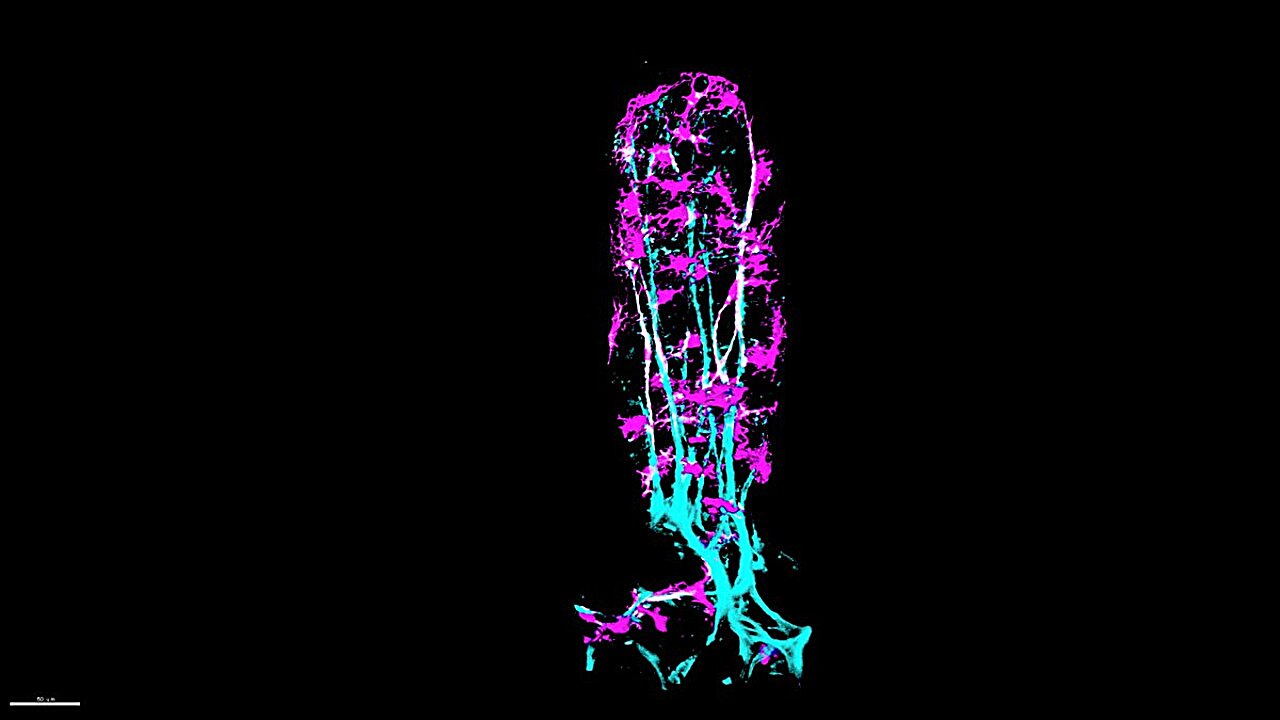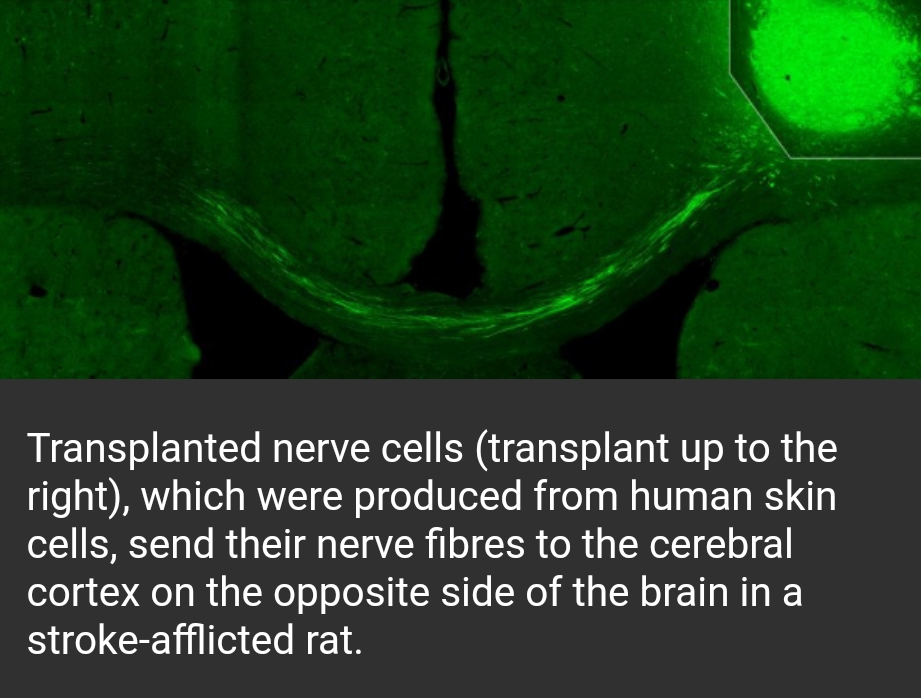
By discovering how a type of smooth muscle—which is essential for mechanical aspects of absorbing fats from food—forms in the gut, Cornell scientists have opened doors to making Artificial Muscle, Repairing muscle following gut surgeries, and treating inflammatory bowel disease and obesity.
The findings, published in a study in Developmental Cell, reveal that intestinal smooth muscle originates in embryos and forms by the same process that is a hallmark of creating scar tissue when a wound heals.
The smooth muscle sits inside tiny finger-like projections called villi, which absorb fats—also known as li...
Read More









Recent Comments